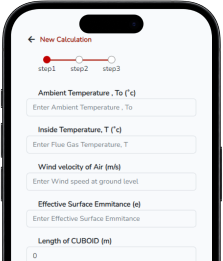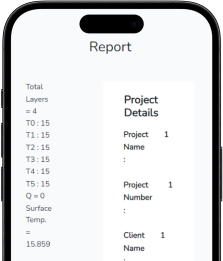Refactory Thermal Simulation offers a lot of useful features for the high temperature technology.
• Convenient handling of multi-calculation projects. Easy changing of materials, diametes, ambient and operation conditions for all calculations of a project in one step
• air space layers with air flow or gas-filled
• transient simulation: absolutely stable, no mathematical knowledge necessary
• transient simulation of drying of fire concretes
• simulation of special heating conditions







